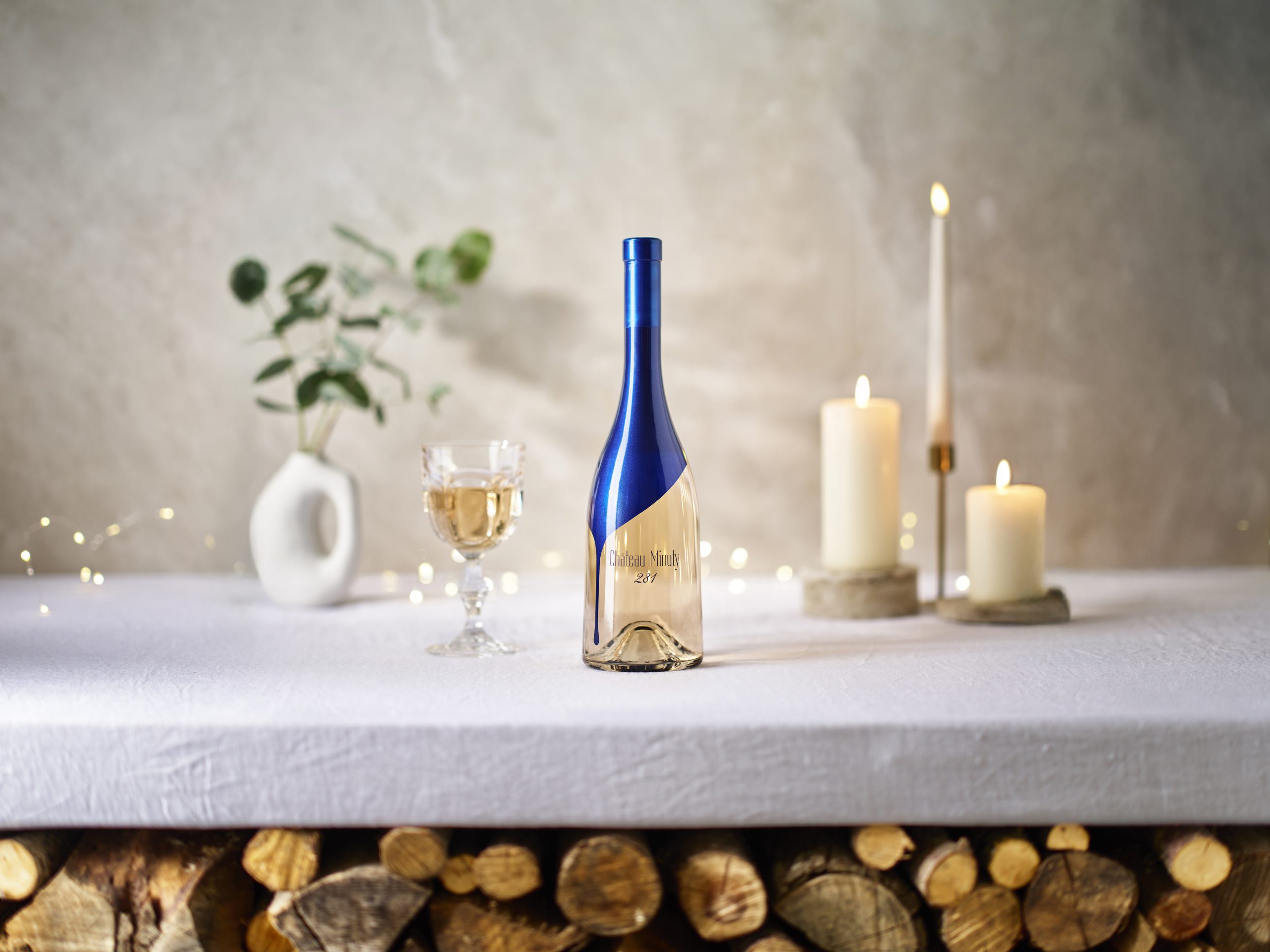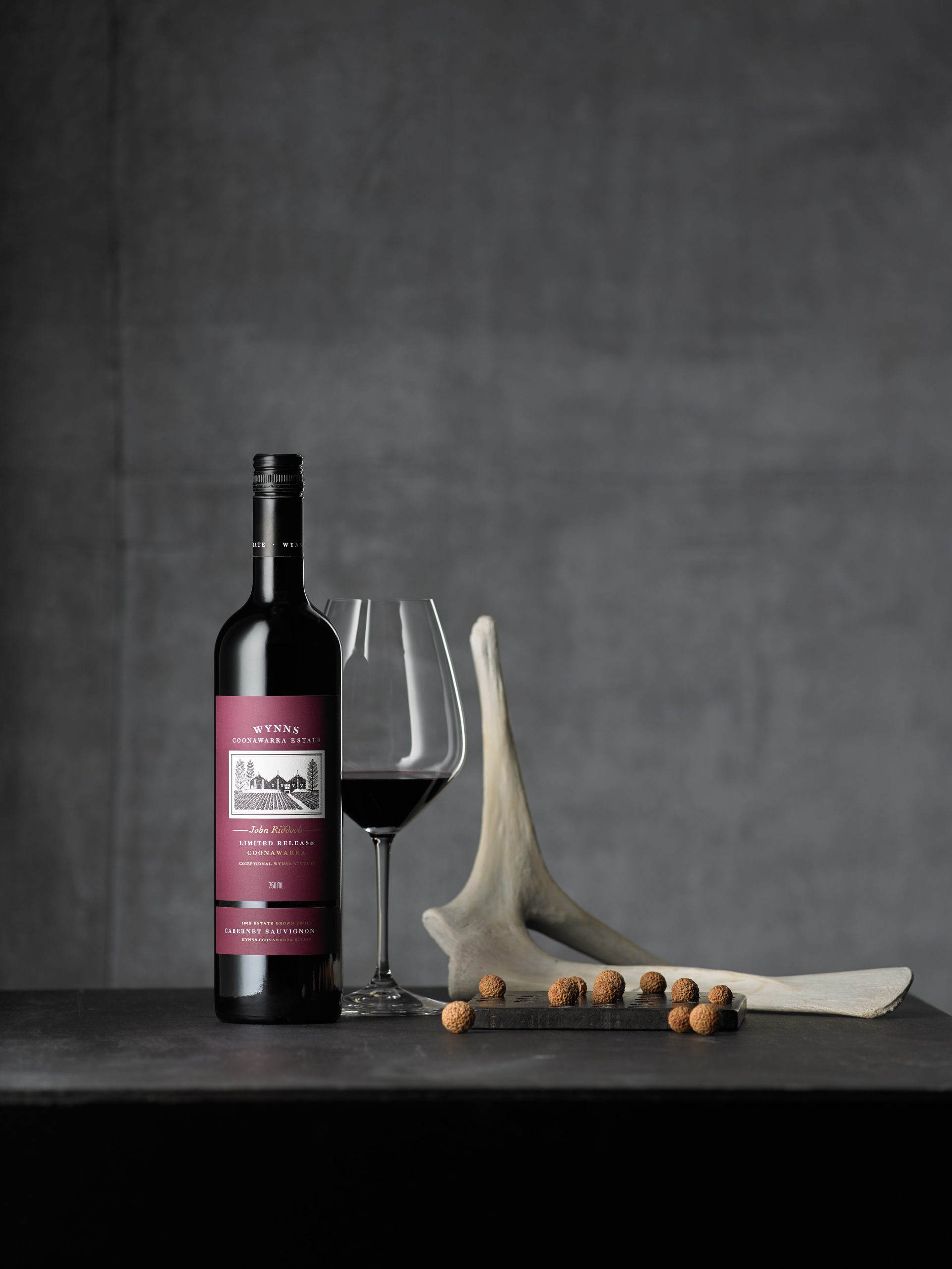Pink Prosecco gets the green light
In news that will likely be music to Prosecco producers’ ears, the Italian government has finally given the go ahead for the production of pink Prosecco.
As reported by Imbibe, the vast majority of Prosecco DOC members had backed the proposal to allow producers to make pink expressions of their popular fizz. Last year, db reported that the introduction of pink Prosecco could boost sales of the northern Italian sparkling wine by as much as 75 million bottles per year.
This will be welcome news both for the consorzio and producers, who have been grappling with a dip in sales due to the global coronavirus pandemic coupled with a cap on production in 2020 at 15 tonnes/ha for Prosecco DOC and 12 tonnes/ha for Prosecco Superiore DOCG.
“We’re thankful to all those who’ve contributed to gaining such a key result considering the current circumstances, this is particularly important,” Stefano Zanette, president of the Prosecco DOC Consorzio, told Imbibe.
According to the new regulations rosé Prosecco must be made with a Glera base and blended with 10%-15% Pinot Nero, with wines ranging from Brut Nature to Extra Dry being the permitted styles.
The maximum yields for rosé Prosecco are 18 tonnes per hectare for Glera, and 13.5 tonnes per hectare for Pinot Nero. The fizz needs to spend at least 60 days in a pressurised tank during the second fermentation to stabilise the colour.
The wines are allowed to go on sale at the earliest on 1 January following the harvest, and labels must be vintage dated with a minimum of 85% of the fruit coming from the stated vintage.
The new regulations are going to be made national and European law on the Italian government’s Official Gazette and the EU’s Official Gazette.
One of the first producers to launch a pink Prosecco will be Bosco Viticultori, which was hoping to release its first bottles this January.
Partner Content
“We will be making pink Prosecco from the 2019 harvest, which will be bottled in December. There is a temptation to get the wines ready in time for Christmas, but it’s better to take your time and make a quality product than rush it to market,” Bosco’s managing director, Paolo Lasagni, told db last summer.
Bosco Viticultori’s pink Prosecco is made from 15% Pinot Noir and 85% Glera, and emulates the popular Provence-style pale pink that consumers love.
“We have to do what the market is expecting and everyone loves pale rosés. Our goal is to make a fruity Prosecco, but not a jammy one.
“Sparkling rosé can often be really heavy and something you’re tired of after a few glasses. We want to move away from that and make something super fresh, which has been the secret to the success of white Prosecco,” Lasagni said.
Bosco Viticultori is looking to produce 1 million bottles of rosé Prosecco from the 2019 vintage, which will have a shelf price of around £10-12.
“It makes sense to make rosé Prosecco as we grow Pinot Noir in the region and it is one of the permitted grape varieties in Prosecco. All of the world’s other top sparkling wine regions, from Champagne to Franciacorta, make rosé,” Lasagni added.
For an in-depth look at the latest developments in the Prosecco region, click here.





Thanks for this. By ‘this January’ (release of Bosco’s pink Prosecco), does that mean January 2021 or …. it looks like part of this piece refers back to 2019 looking to a January 2020 release? Do we know when the first bottles will be released?